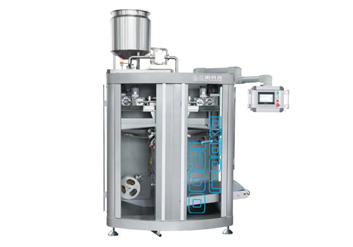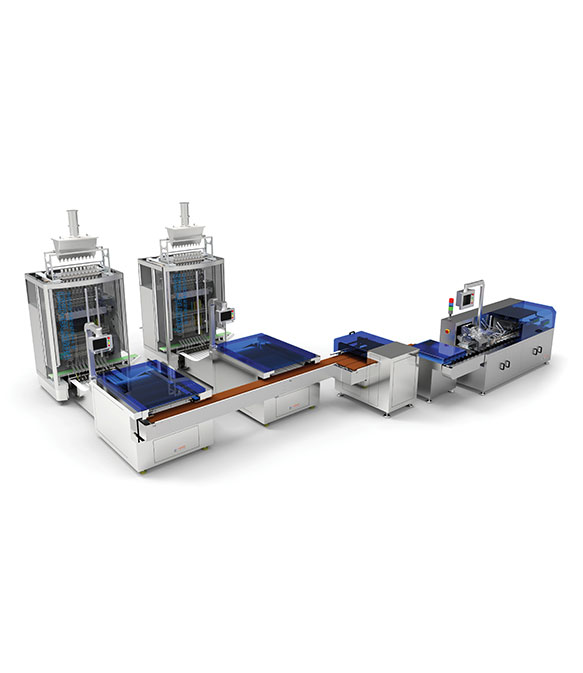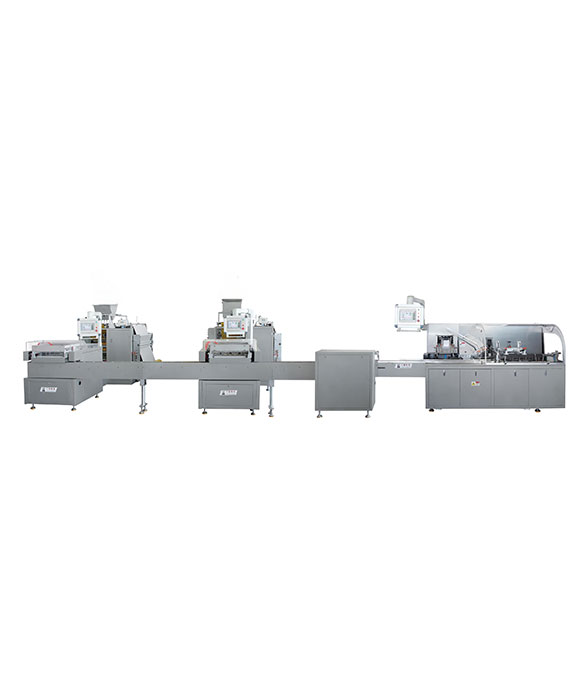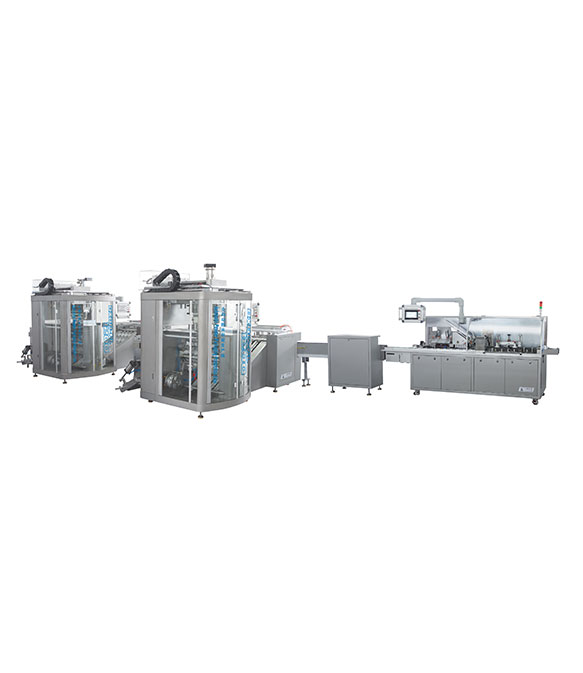Packaging performs a variety of functions. Packaging protects products during transportation and storage from physical impact, crushing, abrasion, heat, cold, moisture, and other threats that could render the goods unfit for sale. Packaging also protects products from contaminants during transportation and storage, keeping them sanitary and sterile until they are consumed. Packaging contains products so that they can be transported and stored. Packaging provides security from theft and tampering and communicates essential information about products. For CPG manufacturers, packaging also plays a vital role in marketing and establishing brand awareness in an intensely competitive marketplace.
A wide range of materials are used as packaging and processed by packaging machinery. Commonly used materials include paper and paperboard, plastics (rigid, flexible, and films), metals (steel, aluminum, and tin), glass, wood, and textiles. In recent years, paper and paperboard have represented approximately 45 percent of total packaging materials sales, plastics 22 percent, metals nearly 17 percent, and glass and wood slightly more than 4 percent each. Consumer products account for 80 percent of all packaging, including food, beverages, household chemicals, personal care products, and consumer durables such as household appliances, furniture, and computers. Industrial products, such as electrical machinery, medical devices, and other goods account for the balance.








